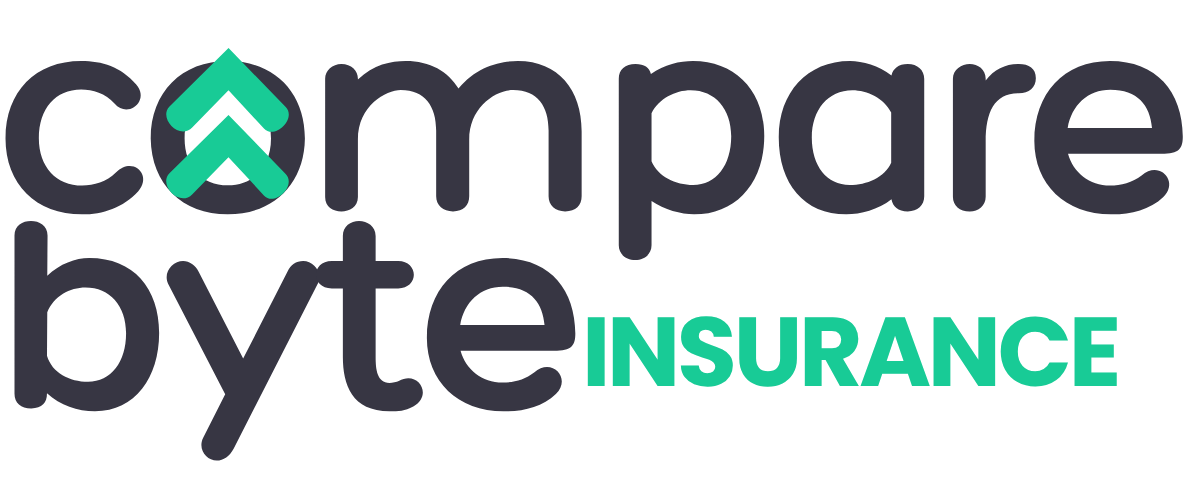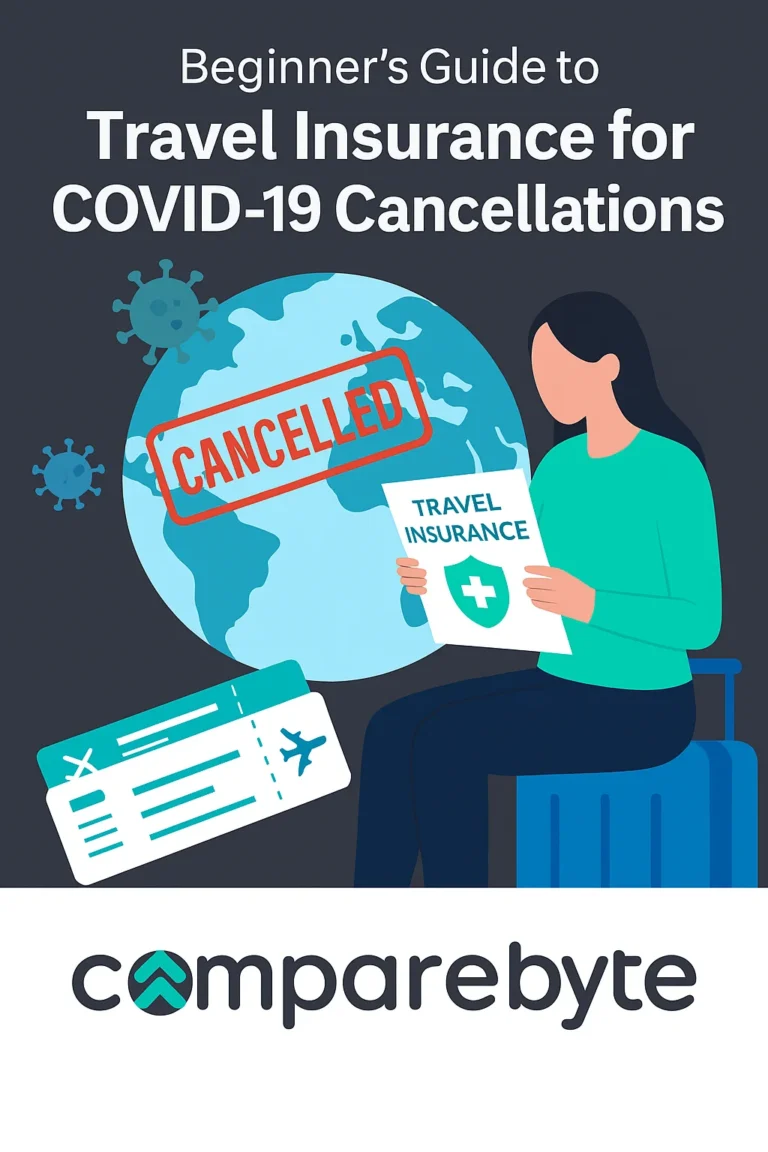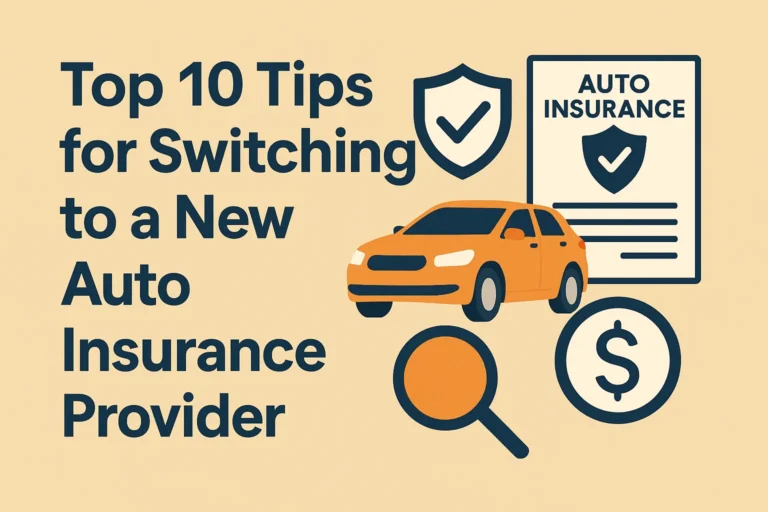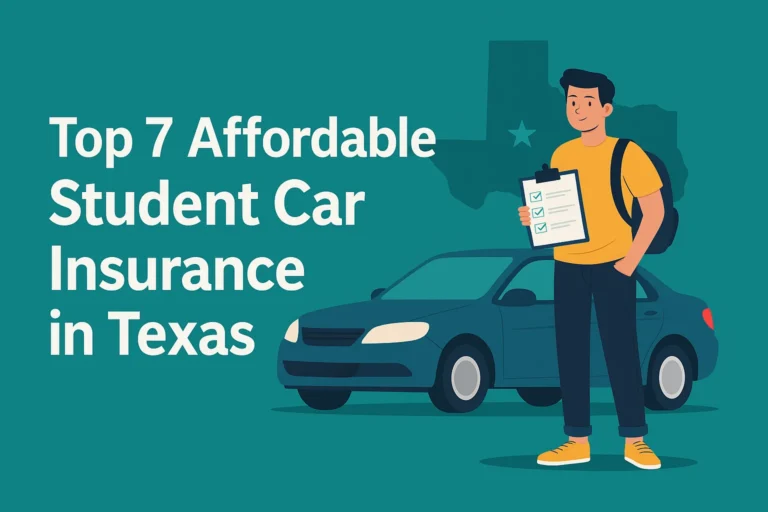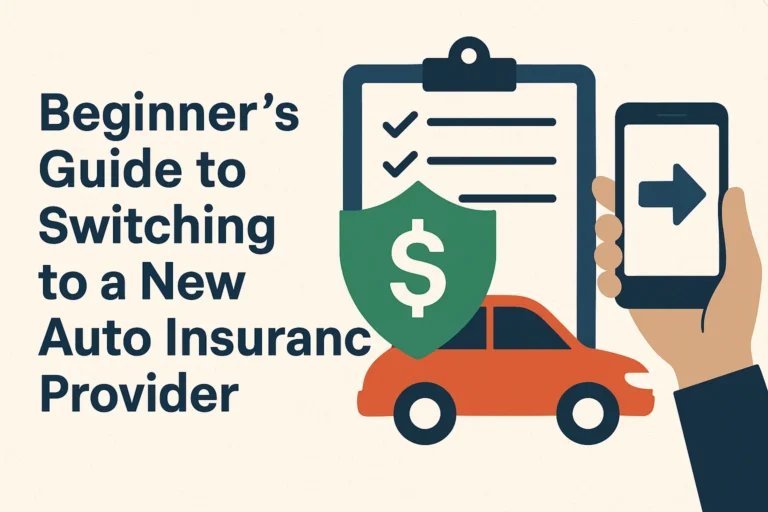Getting auto insurance as a driver under 21 can be both a financial and logistical challenge. With higher premiums, limited experience, and restrictive underwriting criteria, young drivers often struggle to find affordable and comprehensive coverage. However, with the right strategies, it’s possible to secure a plan that balances cost and protection.
This guide explores smart strategies for auto insurance for drivers under 21, comparing different policy types, highlighting real-world user insights, and offering actionable advice for making the best choice.
Comparing Policy Types: Individual vs. Family Auto Insurance
Individual Auto Insurance Policies
Individual policies are specifically written in the name of the driver, giving full control over coverage and policy terms. For drivers under 21, this can often mean higher premiums due to perceived risk and lack of driving history.
Pros: Full autonomy, ability to build a personal insurance history, and access to custom policy options like roadside assistance or accident forgiveness.
Cons: Typically more expensive, and some insurers may refuse to underwrite policies for drivers under 18 without a co-signer.
Many young drivers who own their vehicles or live independently might prefer this model despite the cost, especially if they want to avoid potential liability issues tied to family policies.
Family or Parental Auto Insurance Policies
Family insurance policies allow younger drivers to be added as secondary or occasional drivers on an existing policy. This strategy significantly reduces premiums and leverages the creditworthiness and driving history of the primary policyholder.
Pros: Lower premiums, shared risk pool, and the opportunity to access multi-car or multi-policy discounts.
Cons: Limited independence and potential complications if the young driver is involved in an accident, which may affect the parent’s premiums.
Still, for many students or part-time drivers, this remains the most practical and affordable solution.
Comparison Tables: Advantages and Disadvantages
Cost and Accessibility Comparison
| Policy Type | Monthly Premium (Avg.) | Eligibility for Discounts | Typical Use Case |
|---|---|---|---|
| Individual Policy | $250 – $400 | Limited | Young adults with full-time jobs or personal vehicles |
| Family Policy Add-on | $100 – $200 | High (multi-policy, safe driver, good student) | Students or part-time drivers living with parents |
Coverage and Risk Implication
| Factor | Individual Policy | Family Policy |
|---|---|---|
| Policy Customization | High | Moderate |
| Impact of Accidents | Personal premium affected | May increase entire family’s premium |
| Credit Building | Helps establish personal insurance history | Does not impact credit unless separated later |
Which Option Suits Which Driver?
Scenario 1: College Student Driving Occasionally
A student who drives only on weekends or during holidays is best suited for a family policy. The usage pattern is low-risk, and multi-policy discounts often apply if the family has homeowners or renters insurance.
Scenario 2: Full-Time Worker Commuting Daily
A young adult with a full-time job commuting 5 days a week is more likely to benefit from an individual policy. Despite the higher cost, the flexibility and coverage independence are worthwhile trade-offs.
Scenario 3: Out-of-State Driver
Drivers attending college or working in a different state than their legal residence might require their own policy due to residency regulations. This is where individual policies become essential.
Real User Experiences and Case Studies
Sarah, 19 – Pennsylvania: “I was added to my parents’ policy with a good student discount and safe driver app tracking. It cut the monthly premium by 40% compared to my friends who got solo policies.”
David, 20 – Texas: “I moved out for work and had to get my own car insurance. It was pricey, but I negotiated a better rate with a telematics program and bundled it with renters insurance.”
These anecdotes illustrate how drivers under 21 can save substantially by either bundling or strategically choosing policy types.
Conclusion and Final Recommendation
Drivers under 21 have options when it comes to auto insurance, but the ideal strategy depends on usage patterns, financial independence, and living arrangements. Generally:
- Use a family policy if you’re still living at home or attending school.
- Consider an individual policy if you’re working full-time or live independently.
Using tools like insurance comparison apps can also help find the most competitive quotes. Check out our full guide on Beginner’s Guide to Insurance Marketplaces for more on that.
And don’t miss our breakdown of Common Mistakes When Choosing Car Insurance to avoid costly pitfalls during your selection process.
External Resources
- National Association of Insurance Commissioners – For state-by-state regulatory info
- Consumer Reports: Young Driver Insurance
- GEICO Young Driver Discount Programs
Take the Next Step
Ready to find the best auto insurance policy for your age and situation? Start by getting free quotes from multiple providers and ask about youth-specific discounts like safe driver apps, good student bonuses, and telematics tracking.
Don’t wait— compare rates now, build your insurance history, and drive with confidence.
